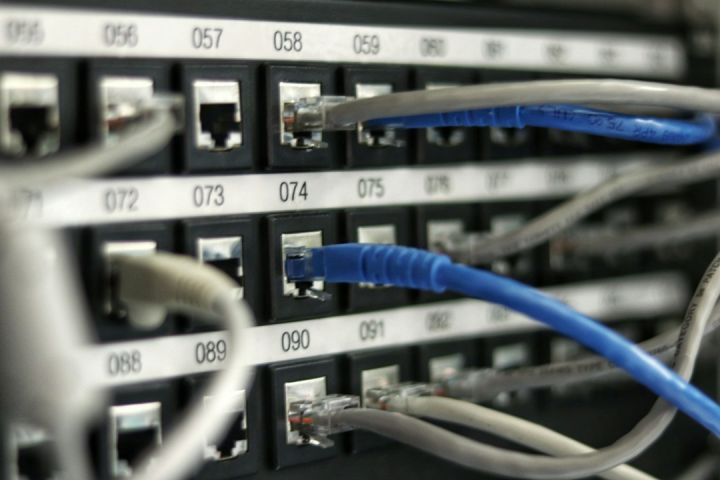How to Implement Effective Network Access Control?
In today’s digital age, network security is of utmost importance. With the increasing number of cyber threats and data breaches, implementing effective network access control has become essential for organizations. Network access control (NAC) refers to the measures put in place to regulate and monitor access to a network, ensuring that only authorized users and devices are granted access. In this article, we will explore the key steps to implementing effective network access control.
Understanding Your Network
The first step in implementing effective network access control is to gain a thorough understanding of your network infrastructure. This includes identifying all devices connected to the network, both wired and wireless. It is crucial to have a comprehensive inventory of all devices, including their IP addresses, MAC addresses, and physical locations. This information will help in creating access policies and determining the level of access rights for different users and devices.
Defining Access Policies
Once you have a clear understanding of your network, the next step is to define access policies. Access policies outline the rules and regulations that govern who can access the network and what level of access they can have. These policies should be based on the organization’s security requirements and compliance regulations. For example, a policy may state that only employees with specific roles or departments can access certain sensitive data. It is essential to involve all relevant stakeholders in the policy creation process to ensure that it aligns with the organization’s needs.
Implementing Authentication Mechanisms
Authentication is a crucial component of network access control. It involves verifying the identity of users and devices before granting them access to the network. There are several authentication mechanisms available, such as passwords, biometrics, and two-factor authentication. It is recommended to use multi-factor authentication (MFA) to enhance security. MFA combines two or more authentication factors, such as a password and a fingerprint, making it more difficult for unauthorized individuals to gain access to the network.
Enforcing Endpoint Security
Endpoint security is another essential aspect of network access control. Endpoints, such as laptops, smartphones, and IoT devices, are often the entry points for cyberattacks. Therefore, it is crucial to ensure that all endpoints connected to the network have the necessary security measures in place. This includes installing and regularly updating antivirus software, enabling firewalls, and implementing device encryption. Endpoint security should be enforced not only for company-owned devices but also for personal devices that are allowed to connect to the network.
Monitoring and Auditing
Once network access control measures are in place, it is vital to continuously monitor and audit the network. Monitoring involves real-time analysis of network traffic to detect any suspicious activities or unauthorized access attempts. Auditing, on the other hand, involves reviewing access logs and generating reports to identify any potential security issues or policy violations. Regular monitoring and auditing help in identifying and addressing security vulnerabilities before they can be exploited by attackers.
Conclusion: Ensuring Network Security
Implementing effective network access control is crucial for ensuring the security and integrity of an organization’s network. By understanding your network, defining access policies, implementing authentication mechanisms, enforcing endpoint security, and monitoring and auditing the network, you can significantly reduce the risk of unauthorized access and potential data breaches. It is essential to regularly review and update your network access control measures to keep up with the evolving threat landscape. Remember, network security is a continuous process, and staying vigilant is key to protecting your organization’s valuable data.






